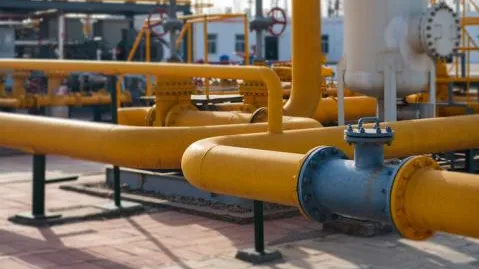
Natural gas demand remains consistent in South Korea
Demand experienced a 26% year-on-year increase in 2023.
Demand for natural gas in South Korea is estimated to grow with support from city gas consumers, but natural gas use in the energy sector has shown signs of weakness in 2023, a report found.
According to analytics company Fitch Solutions, natural gas demand has reached a 26% year-on-year increase in the first 10 months of 2023.
The industrial sector is bolstering natural gas demand. Meanwhile, the residential sector is propounding upside risks to the demand, due to the increasing gas penetration over the country. The market has also seen a high city gas penetration rate of over 98%, brought by a high concentration on cooking and heating purposes.
City gas demand has also seen a steady rise in the energy-intensive refining and petrochemical industry, but a slow demand in the iron and steel manufacturing industries.
In addition, LNG imports are estimated to rise, exceeding domestic consumption in 2024 and beyond, with a rise of over 48.2 billion cubic meters (bcm) of liquefied natural gas. Spot LNG imports have dropped by 18% yoy, from 5.2 bcm in 2022 to 4.2 bcm in 2023. LNG imports under long-term contracts decreased to 24% yoy to 44 bcm, due to muted demand from power and gas-based manufacturing sectors.
ALSO READ: Natural gas to rise 3% in 2024
However, South Korea has the potential for significant excess in LNG storage capacity as companies increase their investments in new regasification and storage terminals. The government also requires LNG storage specialties to sustain their storage terminals by 90% to avoid disruptions.
This is despite several signs of weakness in 2023, from a 1.4% yoy to 61 bcm from 62 bcm in the same period in 2022. Total natural gas consumption decreased by 0.6% to 31 bcm in 2023. The decreased consumption is largely attributed to muted demand from power and manufacturing sectors, making maintenance necessary.

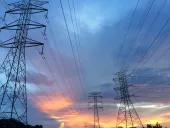
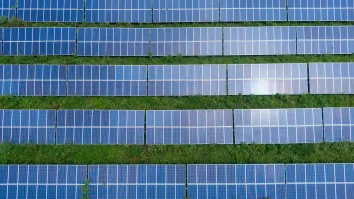
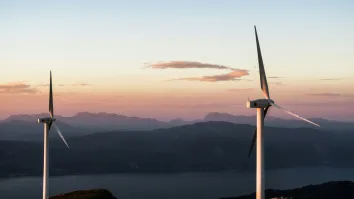

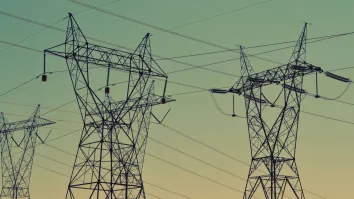
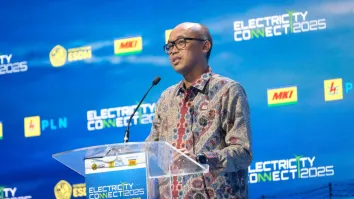
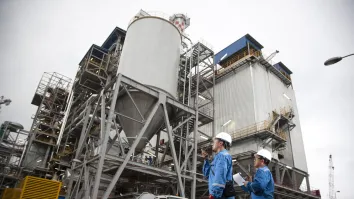


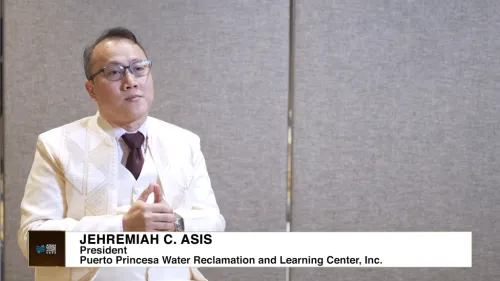
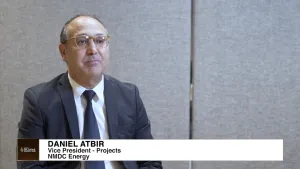
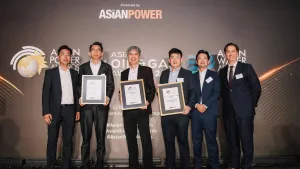

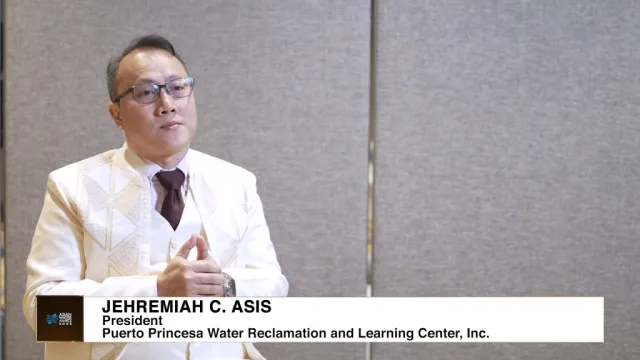
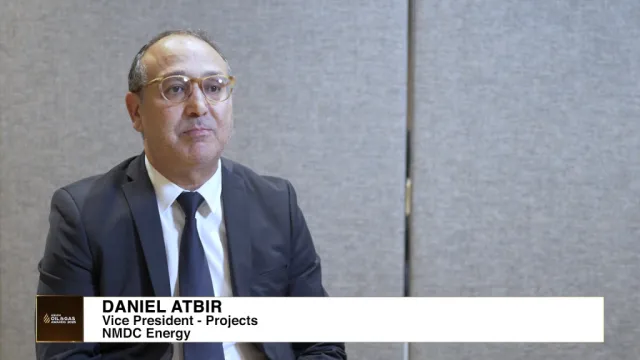
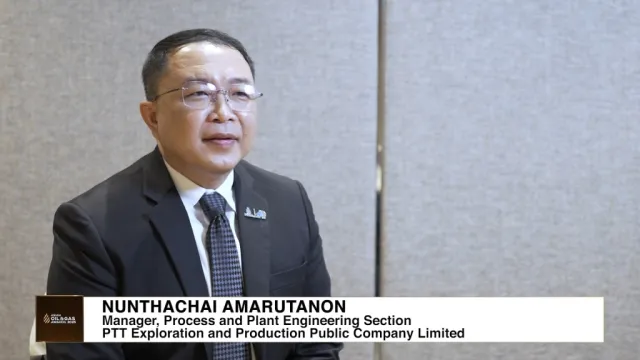


 Advertise
Advertise






